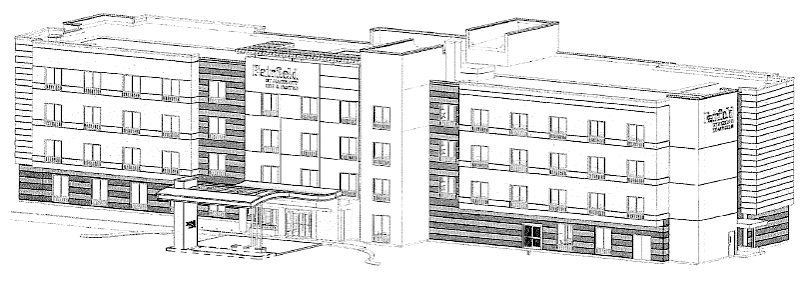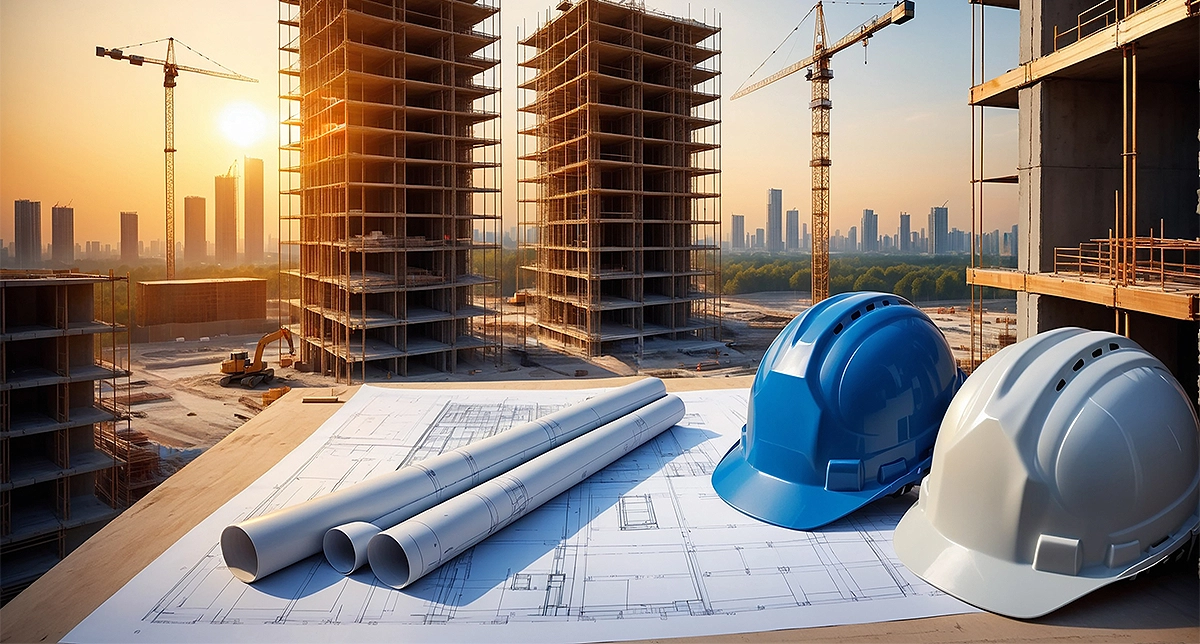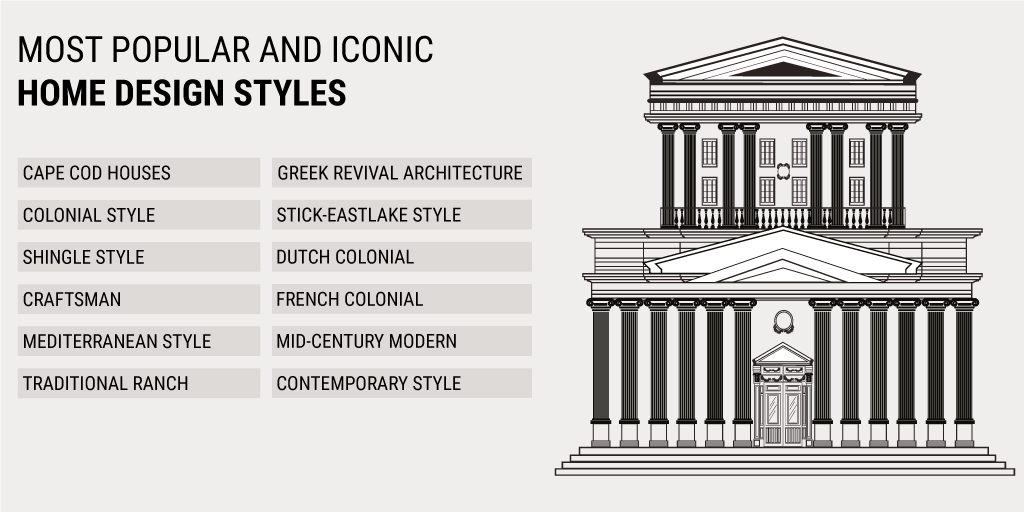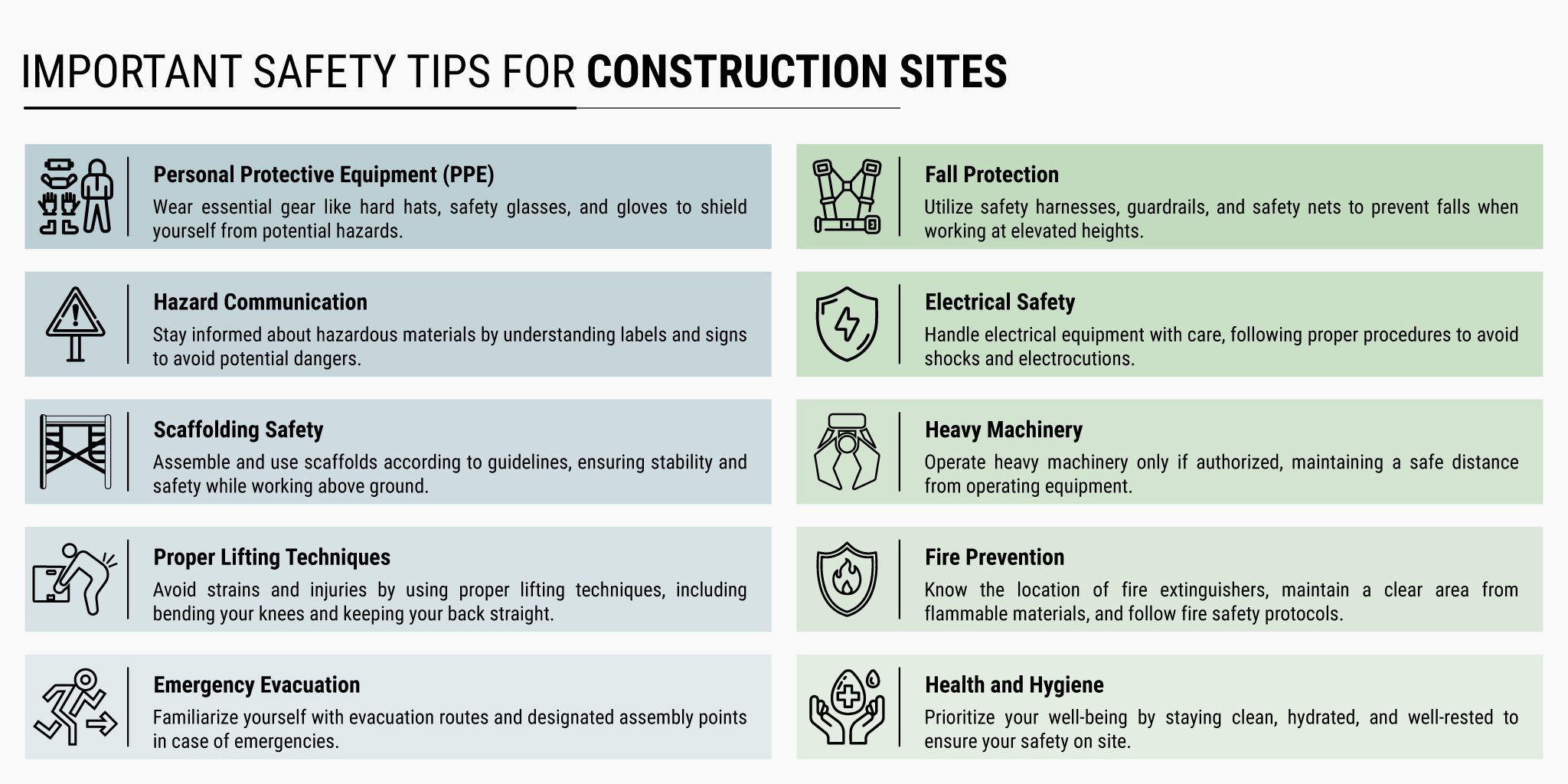- Basic Design Decisions
- Information flow at the construction and design phase
- Work sequences on and off-site
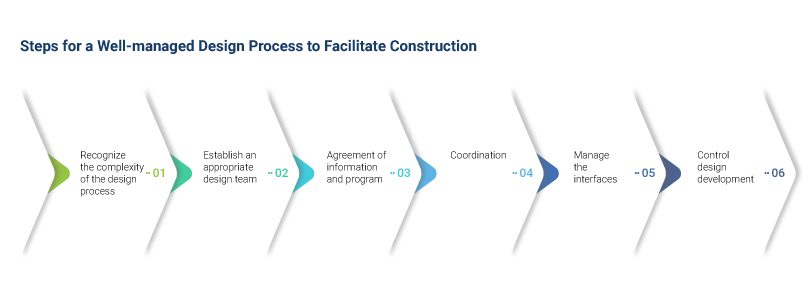
Design Complexity
Designing itself is a complex procedure, and it keeps getting complex as knowledge increases. Various individuals from a broad range of organizations contribute to the continuous exchange and addition of information. It is the responsibility of the principal designer to provide accurate information to all the parties involved in the construction of a building.
With the use of software for steel structure and framing, it has become easier to get calculations of forces and moments. It is fundamental that a qualitative feel for how designs act isn’t lost as frames grow in complexity.
Design Team
The best projects are those wherein the client has a long-haul relationship with the design experts and contractors. When such ‘collaboration’ isn’t embraced, the client should pick an appropriate strategy to select an Architectural Design Firm.
The construction situation takes an alternate structure contingent upon the kind of agreement between the client and the design team. The three most basic kinds of agreement utilized are:
Traditional Approach where the client hires an Engineer to do the designs and a contractor who does the construction task.
Design-Build Approach: In this approach, the client hires a single firm that does the designing and construction tasks. One of the benefits of this kind of agreement is that the contractor for hire or potentially subcontractors are almost certain to be included from a beginning phase, so their construction experience can be embraced in the design plan. Russell and Dawson Inc completed a design-build project for Fairfield Inn and Suites, Williamstown, MA wherein we designed and constructed the hotel. This approach led to the smooth and successful completion of the project.
Construction Management Approach: In this form of contract, the client hires a project manager who then hires the other team members on behalf of the owner and acts as a client representative.
Agreement of information
A program should be complied and concurred so that dates by which data is required are fixed. The lead zone designer should guarantee that each aspect of the work is defined completely and accurately. A framework or system should be set up to cautiously screen drawings and amendments to the schedule, to guarantee that all parties are working to the most recent data.
The appointed project manager or client’s representative must play an active role in making decisions at key points. He/she should liaise with the design team to assemble all the necessary information, agree to it, and sign the contract.
For instance, a contractor might face some issues on site however the project manager might not comprehend the imperative forced by site conditions. A concrete and clean understanding between the parties is required to ensure that the information supply is integrated with the construction need.
Modern working practices have reduced the timescales which have influenced the transfer or supply of information to all parties. However, with the increased use of cloud designing software, the transfer of information has become easier and quicker.
Coordination
Many organizations or individuals are involved in the designing phase. There is the contribution of information from various sources with their own objective. Structural, Architectural or MEP designers etc. designers may be concerned with small parts of the project which increases the problem of coordination. With a construction-led approach, the designers can have a formal meeting at key stages to agree upon programs and details.
Interfaces
Physical interfaces are basically the features of the building and may show up between components, systems, and zones. A clear separation of systems crossing the zones must be made. Lead designers can negotiate with everyone involved to establish the line of interface, the policy on tolerances, etc.
Design Development
Design development must be carefully controlled because primary designers require large amounts of information from various sources. Allowances for design development may be built-in to the design program to cope with the sorts of problems which, often arise in practice. There may be periods during which a two-way exchange of information between the design and construction teams is possible, but ever decreasing timescales are reducing the possibility for such overlaps.
Conclusion
Before kick-starting any building project, it is essential to take into consideration planning, management, and designing issues. Designing for construction helps designers to know about the important aspects of the site before commencing the project.
